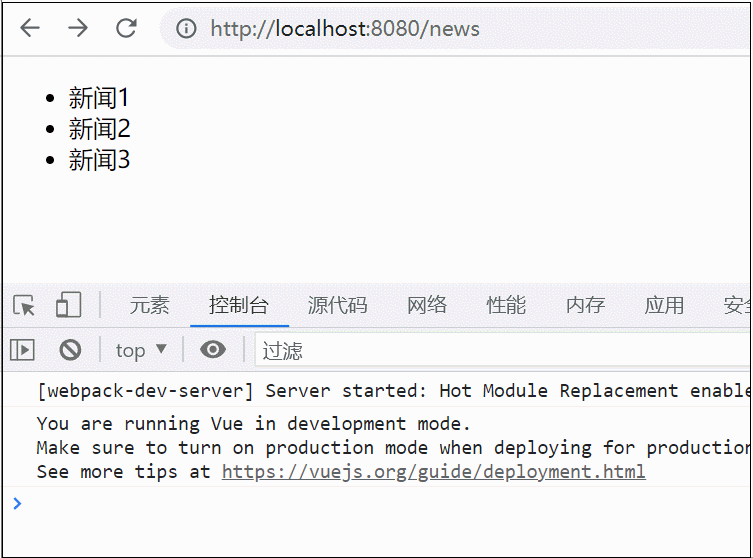本文介绍了vue组件 $children,$refs,$parent的使用,分享给大家,也自己留个笔记
如果项目很大,组件很多,怎么样才能准确的、快速的寻找到我们想要的组件了??
1)$refs
首先你的给子组件做标记。demo :<firstchild ref="one"></firstchild>
然后在父组件中,通过this.$refs.one就可以访问了这个自组件了,包括访问自组件的data里面的数据,调用它的函数
2)$children
他返回的是一个组件集合,如果你能清楚的知道子组件的顺序,你也可以使用下标来操作;
for(let i=0;i<this.$children.length;i++){
console.log(this.$children[i].msg);输出子组件的msg数据;
}
接下来就给一个长一点的deno
首先定义一个父组件:parentcomponent,
在父组件中我又是使用了两个自组件(假如有一百个自组件)[明确一点,组件只能有一个根节点],根节点是啥,我不知道。。。。。。
<template id="parentcomponent">
<div >
<p>this is a parent-component</p>
<firstchild ref="f1"></firstchild>
<secondchild ref="f2"></secondchild>
<button @click='show_child_of_parents'>show child msg</button>
</div>
</template>
分别给出两个字组件的定义:(第2个使用的是template,第1个是script)
<script type="text/x-template" id="childOne">
<div>
<p>this is first child</p>
//使用stop阻止默认事件(vue的事件处理机制)
<button @click.stop='getParent'>get parent msg</button>
</div>
</script>
<template id="childSec">
<div>
<p>this is second child</p>
</div>
</template>
组件模板定义好了,就是用:
1)挂在元素:
<script>
new Vue({
el:"#app",
data:{},
components:{
"parent-component":{
template:'#parentcomponent',
data(){
return{msg:'这是父组件中的内容'}
},
methods:{
show_child_of_parents(){
//children方式访问自组件
for(let i=0;i<this.$children.length;i++){
console.log(this.$children[i].msg);
}
//通过$ref打标记,访问子组件
console.log(this.$refs.f1.msg);
this.$refs.f1.getParent();
},
},
components:{
'firstchild':{
template:'#childOne',
data(){
return {msg:'这是第一个子组件'};
},
methods:{
getParent(){
let a=1;
console.log(a);
alert(this.$parent.msg);
}
},
},
'secondchild':{
template:'#childSec',
data(){
return {msg:"这是第二个组件"};
}
}
}
}
}
});
</script>
2)使用父组件了
<body>
<p><strong>可以通过$refs访问父组件的子组件</strong></p>
<div id="app">
<parent-component></parent-component>
</div>
</body>
值得注意的是vue2,相比vue1,丢弃了一些东西。。。。、//www.haodaima.com/article/93467.htm
总结一下:
1)组件只能一个根节点
2)可以在自组件中使用this.$parent.属性值,或者函数
3)在父组件中可以使用this.$refs.组件的标记 访问子组件,或者this.$children[i].属性,,访问子组件的
4)你需要注意this的指向
到此这篇关于vue组件 $children,$refs,$parent的如何使用详解就介绍到这了。经常要自己给自己过节,学会寻找愉悦的心情。更多相关vue组件 $children,$refs,$parent的如何使用详解内容请查看相关栏目,小编编辑不易,再次感谢大家的支持!




